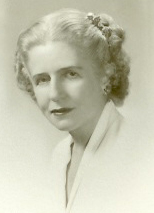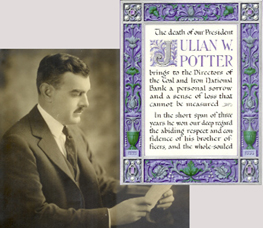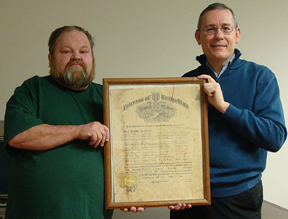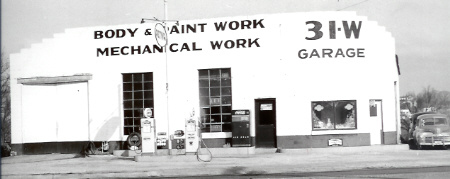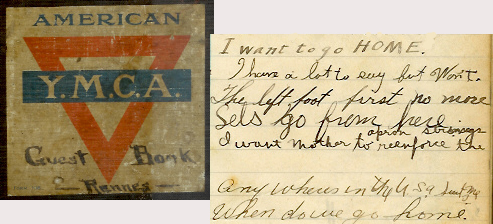
YMCA Guest Book, Rennes, France, 1919
After the United States entered World War I, the YMCA played a crucial role in providing for the welfare of the troops. Soldiers both at home and overseas frequented YMCA posts, called “huts,” to relax, socialize, worship, write letters, and partake of educational opportunities. The YMCA was particularly active in France, where it also operated canteens in order to free up more soldiers for military rather than kitchen duty. The YMCA continued its work after the Armistice, serving soldiers while they endured the long process of demobilization.
A guest book maintained at the YMCA post in Rennes, France (now part of the collections of WKU’s Special Collections Library), vividly documents the mood of the troops following the end of hostilities. “Nine months ago today the Armistice was signed, still here?” mused a soldier from Oregon. “We’ve paid our debt to Lafayette. Who in Sam Hill do we owe yet?” asked another from New York. Other signatories were more cheerful, expressing gratitude to the YMCA for providing amenities, such as chocolate, that they had long missed. But, as might be expected, the most common expressions were of a longing to go home “toot sweet“. . . “where they make good whiskey,” declared a soldier from Kentucky.
To see the YMCA’s Rennes, France guest book, visit WKU’s Special Collections Library. Click here to access a finding aid. To explore other KYLM collections relating to World War I, search KenCat and TopScholar.



